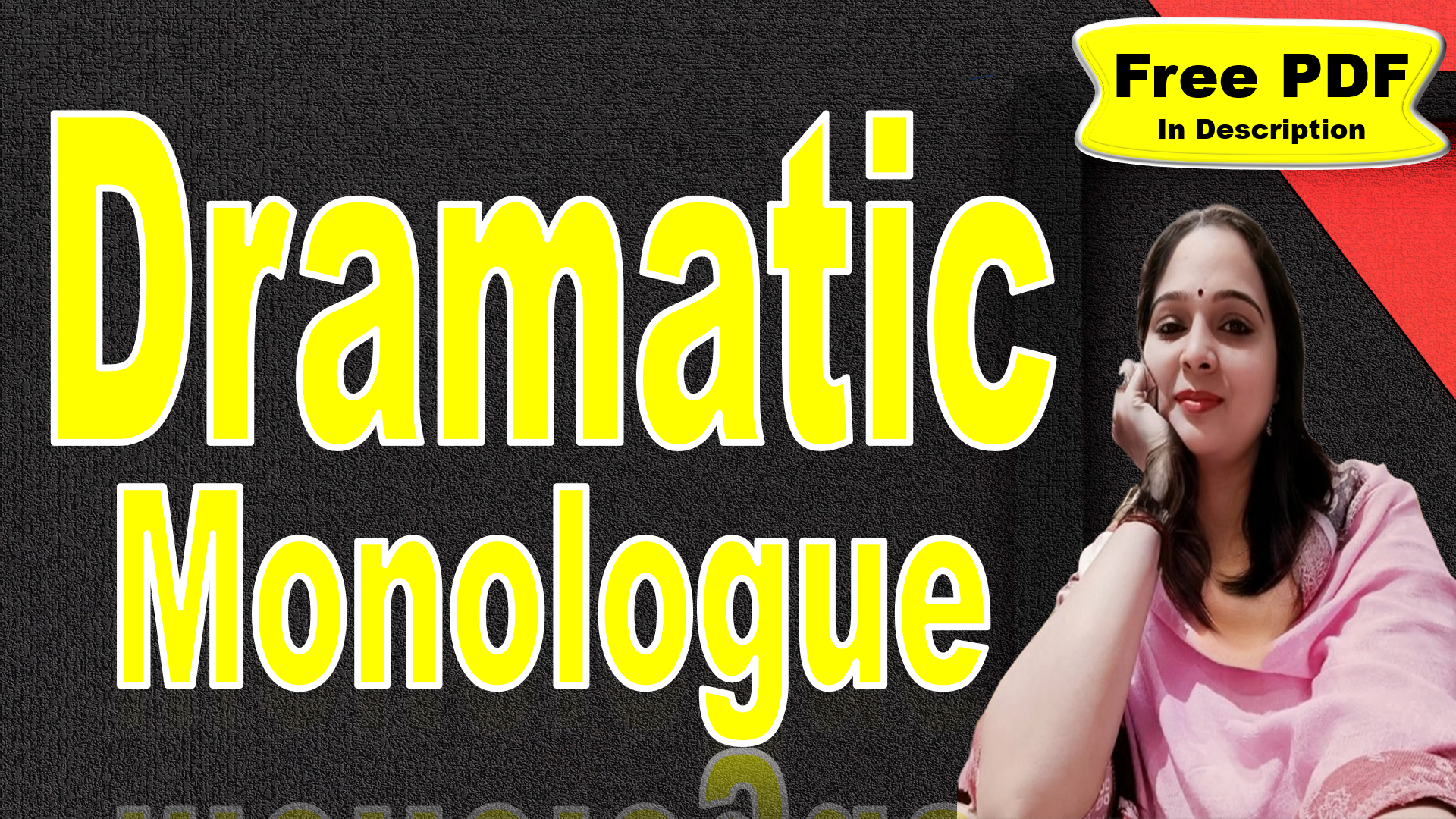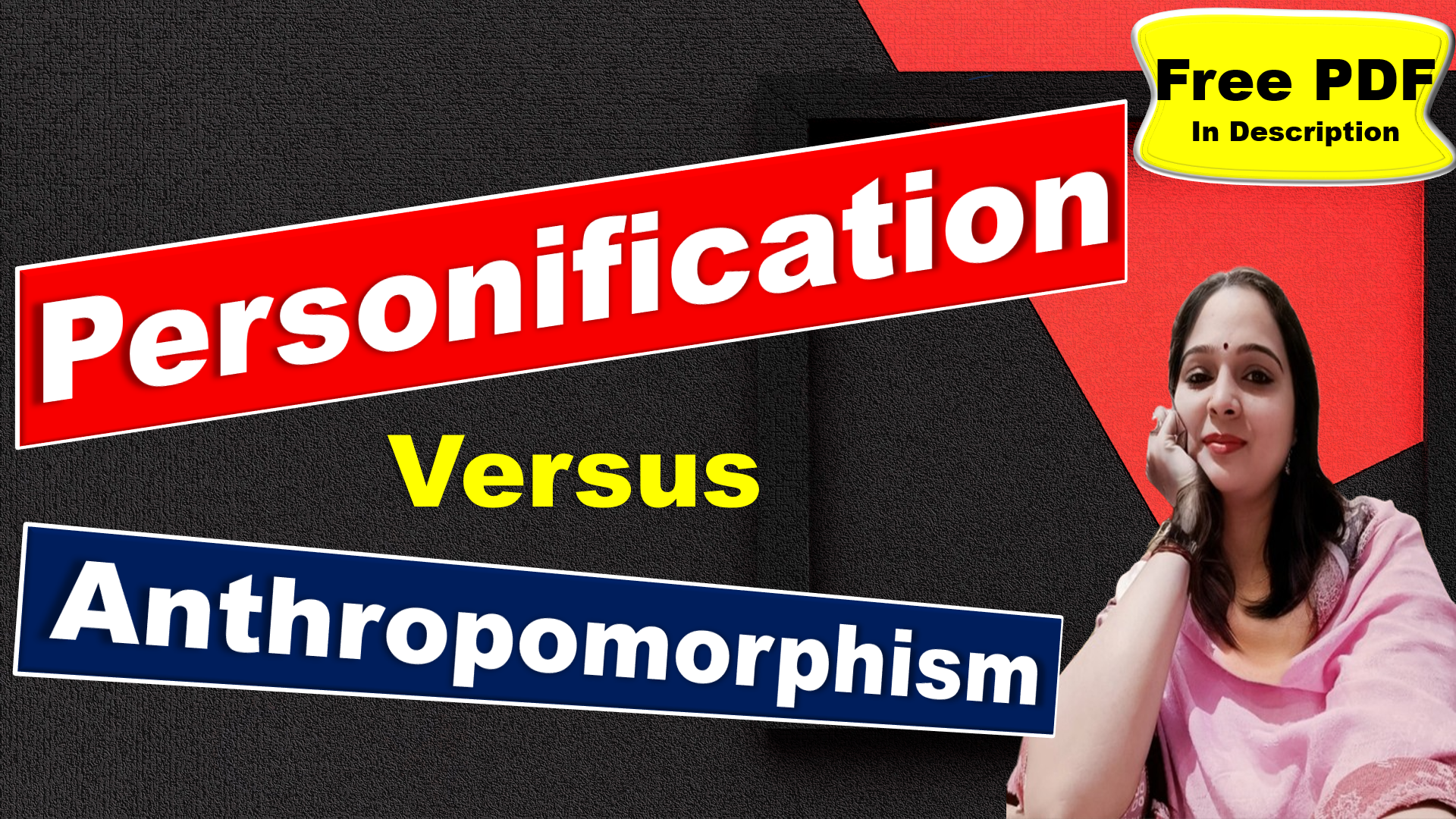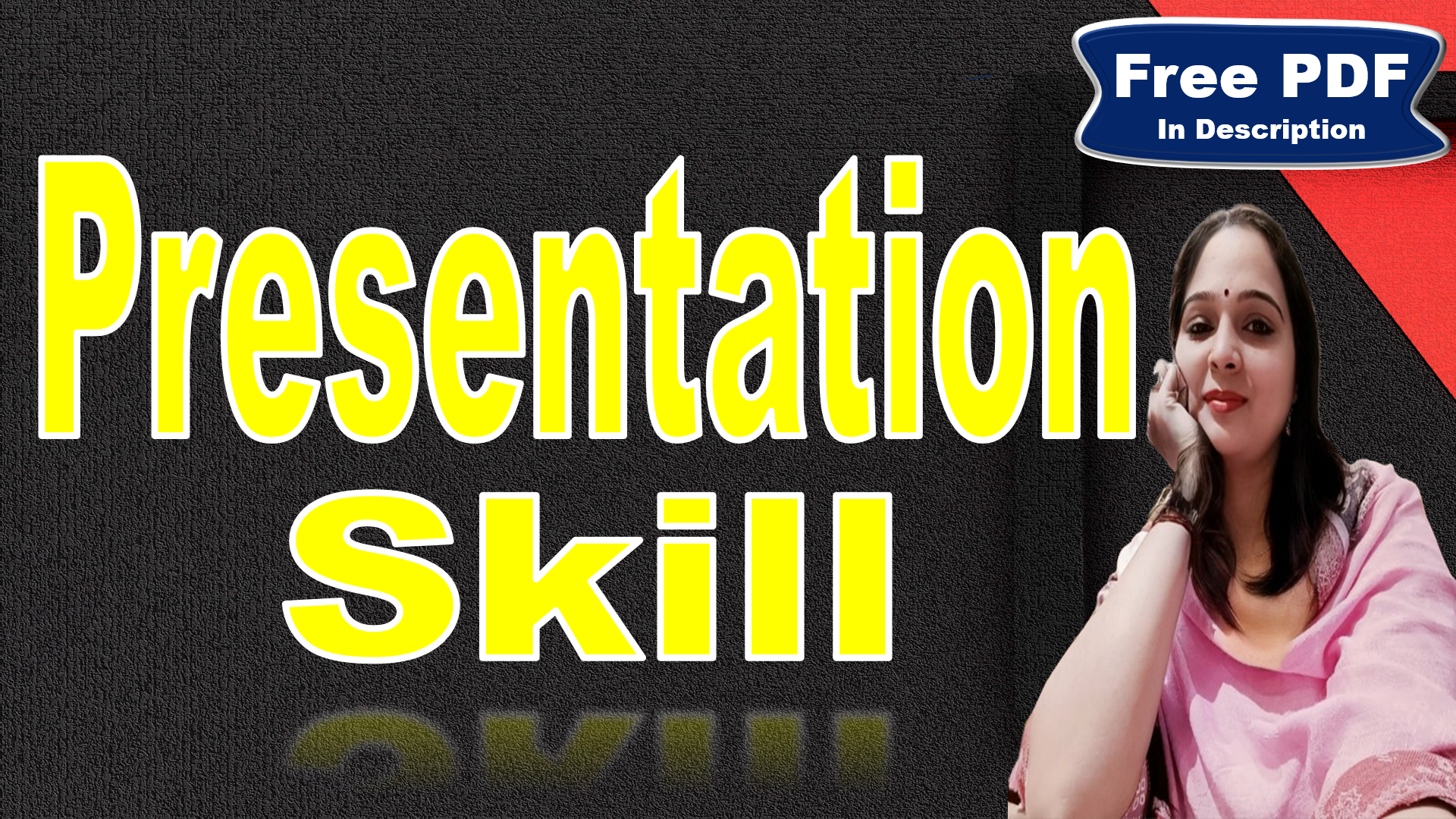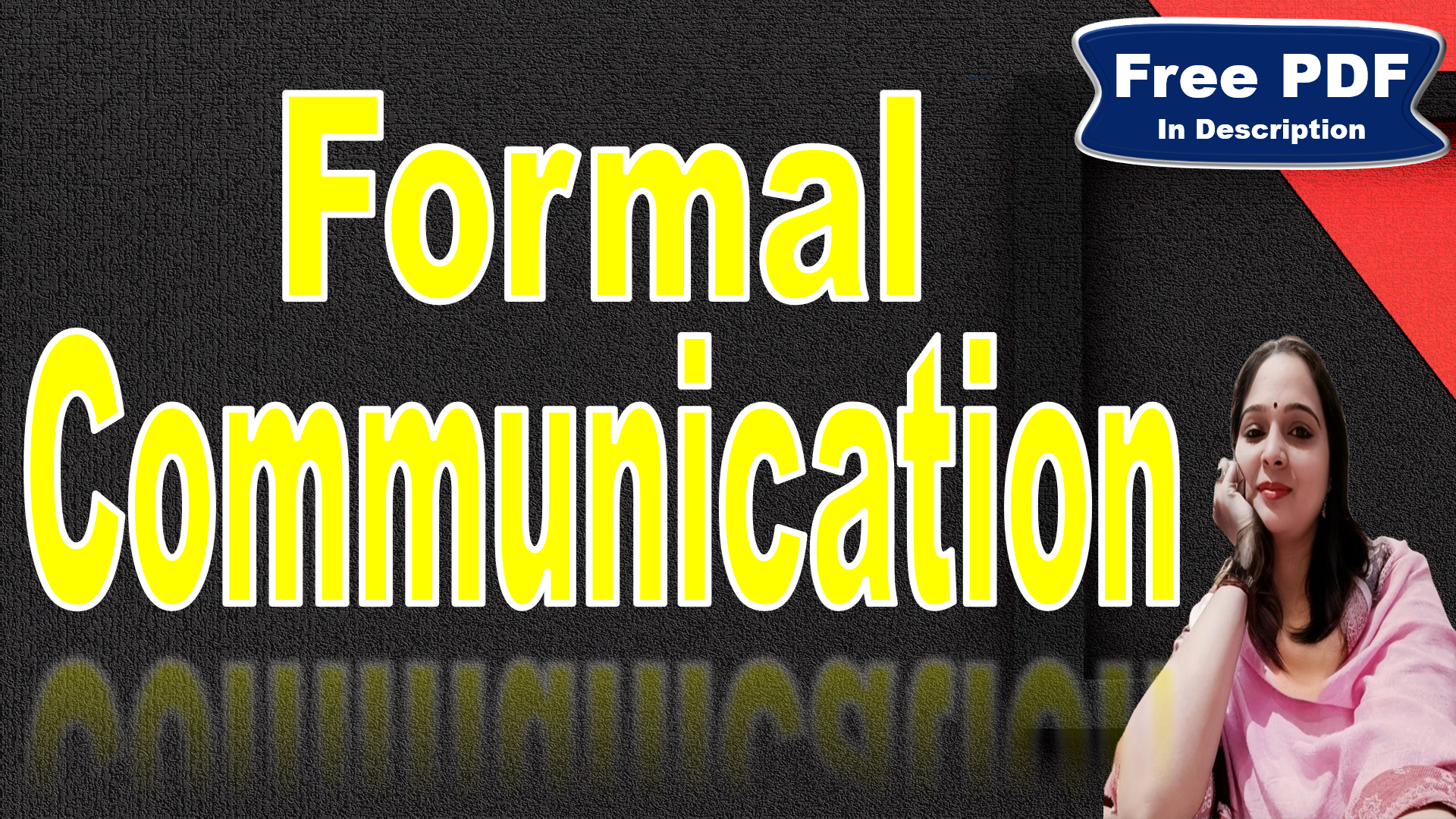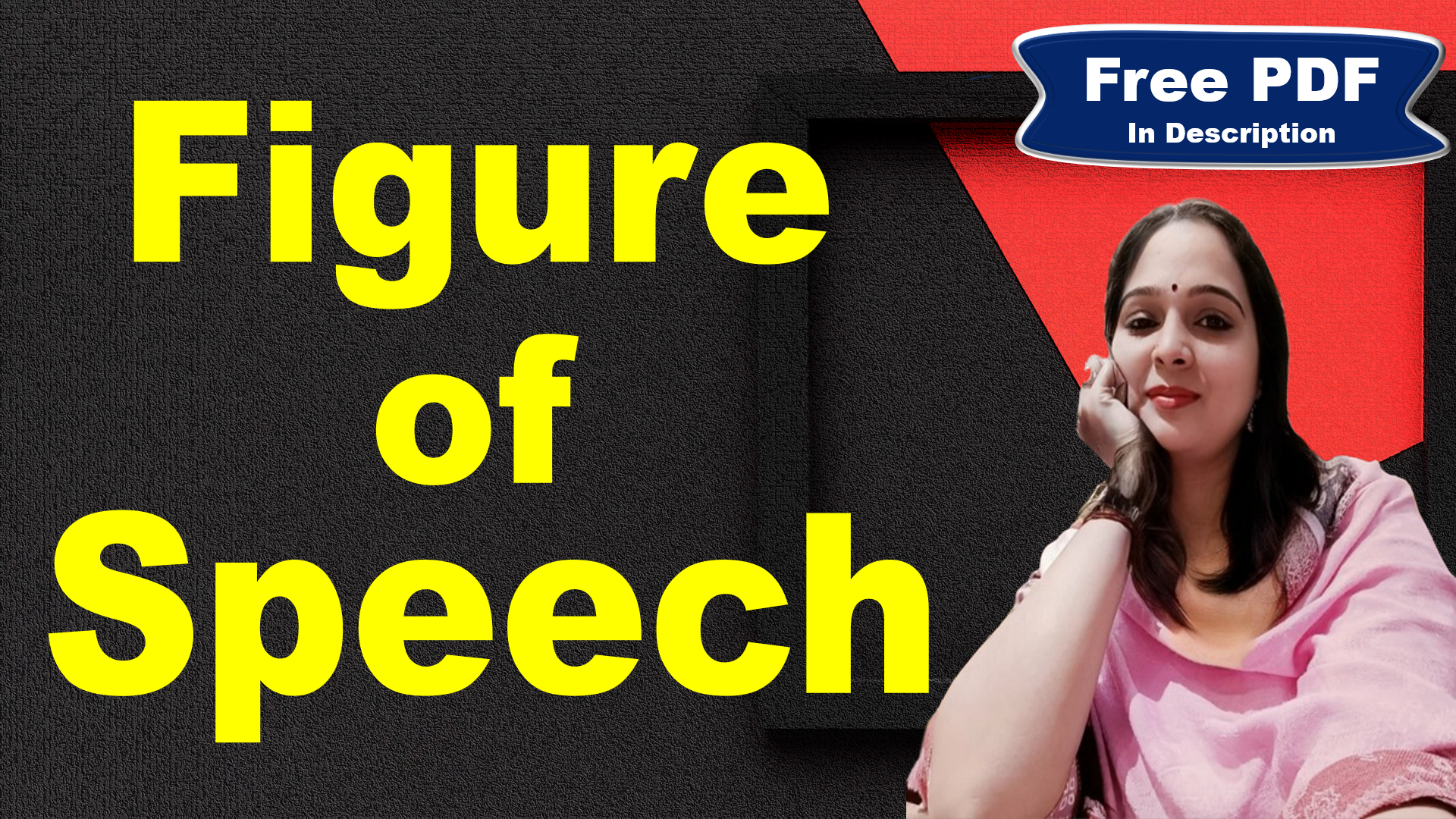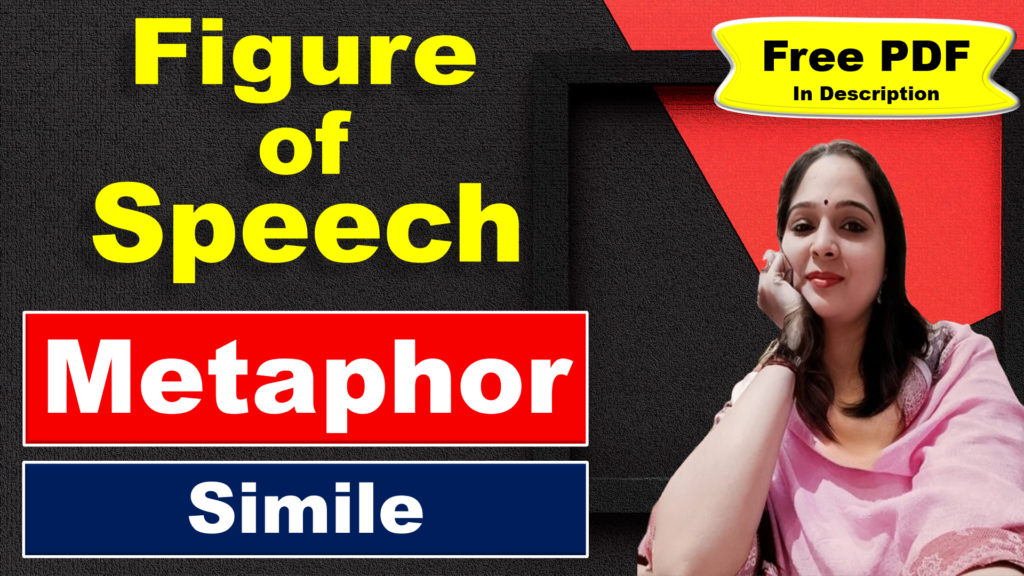
Metaphor and Simile | Metaphor Figure of Speech | Simile Figure of Speech | Free PDF Download – Easy Literary Lessons
Metaphor
A metaphor is a figure of speech that makes a comparison between two non-similar things. As a literary device, metaphor creates implicit comparisons without the express use of “like” or “as”. A metaphor is a means of asserting that two things are identical in comparison rather than just similar.
Structure of a Metaphor: A metaphor typically has two parts
1. Tenor: The subject or idea that the metaphor describes.
2. Vehicle: The object or idea used to describe the tenor.
Example: “Life is a journey.”
Tenor: Life (The subject being described)
Vehicle: Journey (The object used to describe the tenor)
A metaphor works by taking essential characteristics from one concept (the vehicle) and attributing them to another (the tenor). For example, in the metaphor “Love is a battlefield”, love (the tenor) is portrayed as being violent, harsh, and potentially fatal, which are traits typically associated with a battlefield (the vehicle).
The Interplay of Tenor and Vehicle
The relationship between the tenor and the vehicle is not just a simple one-to-one comparison. It’s a complex interplay that can reveal new insights about the tenor. The choice of vehicle can highlight certain aspects of the tenor, downplay others, and even reveal surprising connections.
For example, in the metaphor “The world is a stage”, the choice of “stage” as the vehicle suggests that the world (the tenor) is a place of performance, where roles are played, scripts are followed, and appearances can be deceiving. This metaphor doesn’t just compare the world to a stage; it offers a particular perspective on the world.
Classification of Metaphor
1. Simple Metaphor
2. Complex Metaphor
3. Extended Metaphor
4. Dead Metaphor
5. Mixed Metaphor
6. Implied Metaphor
Simple Metaphor
A Simple Metaphor, also known as a direct metaphor, is a basic comparison between two different things without using “like” or “as”. It’s a figure of speech that asserts one thing is another. The comparison in a simple metaphor is explicit and creates a vivid image in the mind.
Structure: In a simple metaphor, there are two primary components:
1. Tenor: The subject of the metaphor, which is the thing being described.
2. Vehicle: The object or concept to which the tenor is compared.
Examples
1. “Time is a thief.”
Tenor: Time
Vehicle: Thief
Explanation: This metaphor suggests that time steals moments from our lives, emphasizing the idea that time passes quickly and often takes away opportunities or experiences.
2. “The classroom was a zoo.”
Tenor: The classroom
Vehicle: Zoo
Explanation: This metaphor compares a noisy, chaotic classroom to a zoo, highlighting the disorder and lack of control.
3. “Her smile was a ray of sunshine.”
Tenor: Her smile
Vehicle: Ray of sunshine
Explanation: This metaphor suggests that her smile brings warmth and happiness, much like sunshine brightens a day.
4. “The world is a stage.”
Tenor: The world
Vehicle: Stage
Explanation: This metaphor, famously used by William Shakespeare, implies that life is like a play where people have roles and perform in various scenes.
Complex Metaphor
A Complex Metaphor, also known as a compound metaphor, is a metaphor in which the literal meaning is expressed through more than one figurative term or a combination of primary metaphors. It’s a metaphor that has multiple layers or involves multiple elements.
Structure
The structure of a complex metaphor includes:
1. Tenor: The subject being described.
2. Vehicles: Multiple objects or concepts to which the tenor is compared.
3. Secondary Metaphors: Additional metaphorical elements that support or extend the primary metaphor.
Examples
1. “The mind is an ocean, filled with currents of thought and waves of emotion.”
Tenor: The mind
Vehicles: Ocean, currents, waves
Explanation: This metaphor compares the mind to an ocean, suggesting its vastness and depth. Currents of thought and waves of emotion further elaborate on the dynamic and ever-changing nature of mental processes.
2. “Life is a journey, with its twists and turns, mountains to climb, and oceans to cross.”
Tenor: Life
Vehicles: Journey, twists and turns, mountains, oceans
Explanation: This metaphor presents life as a journey, emphasizing the unpredictability and challenges one might face. The additional elements (twists and turns, mountains, oceans) add layers to the metaphor, depicting various obstacles and experiences encountered along the way.
Extended Metaphor
An Extended Metaphor, also known as a conceit or sustained metaphor, is a metaphor that an author develops over the course of many lines or even an entire work of literature. It’s a metaphor that unfolds across multiple lines or even paragraphs of a text, making use of multiple interrelated metaphors within an overarching one.
Structure
The structure of an extended metaphor involves:
1. Tenor: The primary subject being described.
2. Vehicle: The object or concept to which the tenor is compared.
3. Elaborations: Additional details and sub-comparisons that extend the metaphor over multiple lines, paragraphs, or even the whole text.
Examples:
From William Shakespeare’s “As You Like It” – The “All the world’s a stage” speech.
Excerpt: “All the world’s a stage, and all the men and women merely players; They have their exits and their entrances; And one man in his time plays many parts.”
Tenor: The world
Vehicle: A stage
Elaborations: Here, the world (the tenor) is compared to a stage (the vehicle), and this comparison is extended and elaborated upon throughout the speech. This extended metaphor explores the idea that life is like a theatrical performance, with each individual playing different roles at different stages of life, emphasizing the transient and performative nature of human existence.
Dead Metaphor
A Dead Metaphor is a figure of speech that has lost the original imagery of its meaning due to extensive, repetitive, and popular usage. It’s also known as a frozen or historical metaphor. Unlike a regular metaphor, you may not immediately recognize what a dead metaphor is comparing, even if you know exactly what it means.
Examples
1. “Time is running out.”
Original Imagery: The metaphor originally evokes the image of time as a person running, suggesting urgency.
Current Usage: The phrase is now commonly used to indicate that there is little time left without evoking the image of running.
Explanation: The metaphor has become so familiar that people understand it literally, meaning there is little time remaining.
2. “Foot of the bed.”
Original Imagery: The metaphor compares the bottom part of the bed to a foot, suggesting the part of the bed where one’s feet might be placed.
Current Usage: The phrase is now used to refer to the bottom end of the bed without any thought of a literal foot.
Explanation: The original comparison is no longer visualized; the phrase is simply understood as the lower part of the bed.
3. “Heart of the city.”
Original Imagery: The metaphor compares the central part of the city to a heart, suggesting its importance and centrality.
Current Usage: The phrase is commonly used to refer to the central area of a city without evoking the image of a literal heart.
Explanation: The metaphor has become a standard way of referring to the city center, with the original imagery largely forgotten.
4. “Hands of a clock.”
Original Imagery: The metaphor compares the clock’s pointers to hands, suggesting their role in indicating time.
Current Usage: The phrase is now used to refer to the pointers on a clock without considering the comparison to human hands.
Explanation: The original metaphorical image has faded, and the phrase is taken literally to mean the clock’s pointers.
Mixed Metaphor
A Mixed Metaphor is a figure of speech that combines two or more disparate metaphors in a way that can create an unintentionally comic effect. It’s a metaphor that blends two or more metaphors that are incongruous or illogical when combined.
Examples
1. “We’ll burn that bridge when we come to it.”
Original Metaphors: This phrase combines two common metaphors: “We’ll cross that bridge when we come to it” and “Don’t burn your bridges.”
Explanation: The resulting mixed metaphor creates a humorous image of someone setting fire to a bridge just as they’re about to cross it.
2. “It’s not rocket surgery.”
Original Metaphors: “It’s not rocket science” (meaning it’s not very complicated) and “it’s not brain surgery” (meaning it’s not very difficult).
Explanation: Mixing these metaphors creates a humorous and nonsensical phrase, as “rocket surgery” is an impossible concept.
Implied Metaphor
An Implied Metaphor is a type of metaphor that compares two unlike things, but it does so without mentioning one of the objects of comparison. It subtly suggests the similarity between two entities, leaving the interpretation to the reader or listener. Unlike a direct metaphor, which clearly states that one thing is another, an implied metaphor is more subtle and indirect.
Structure
The structure of an implied metaphor involves:
Tenor: The primary subject being described.
Implied Vehicle: The object or concept to which the tenor is compared, inferred through context.
Examples
1. “He brayed his refusal to leave.”
Tenor: He
Implied Vehicle: Donkey (braying is a sound associated with donkeys)
Explanation: The sentence implies that the person is being stubborn like a donkey by using “brayed,” a term specifically associated with the animal.
2. “She sailed through her exams.”
Tenor: She
Implied Vehicle: Ship or boat (sailing is an action associated with ships)
Explanation: The sentence implies that she handled her exams smoothly and easily, like a ship sailing effortlessly through water.
Simile
A simile is a figure of speech that uses “like” or “as” to draw a comparison between two different things. Unlike metaphors, which imply the comparison directly, similes make the comparison explicit. Similes are used to create vivid imagery, make descriptions more engaging, and clarify complex ideas by relating them to familiar concepts.
Structure of a Simile: A simile has four key components:
1. Tenor: The subject or idea that the simile describes.
2. Vehicle: The object or idea used to describe the tenor.
3. Event: The action or state that connects the tenor and the vehicle.
4. Comparator: The word or phrase (such as “like” or “as”) that establishes the comparison.
Example
1. “She sings like a bird,”
“She” is the tenor, “a bird” is the vehicle, “sings” is the event, and “like” is the comparator.
2. “Your niece swims like a fish!”
“Your niece” is the tenor, “a fish” is the vehicle, “swims” is the event, and “like” is the comparator.
3. “They fought like cats and dogs.”
“They” is the tenor, “cats and dogs” is the vehicle, “fought” is the event, and “like” is the comparator.
While similes are typically known for using “like” or “as” to draw a comparison, they can also use other words that create a direct comparison, including other connecting words (such as, “so” or “than”) or verbs of comparison (such as, “compare” and “resemble”).
Examples
“She sings the way a bird does.” Here, “the way” is used to compare the way she sings to the way a bird does.
“He eats so a pig would.” In this example, “so” is used to compare the way he eats to the way a pig would.
“She runs faster than a cheetah.” Here, “than” is used to compare her speed to that of a cheetah1.
“His strength matches that of an ox.” In this example, “matches” is used to compare his strength to that of an ox.
